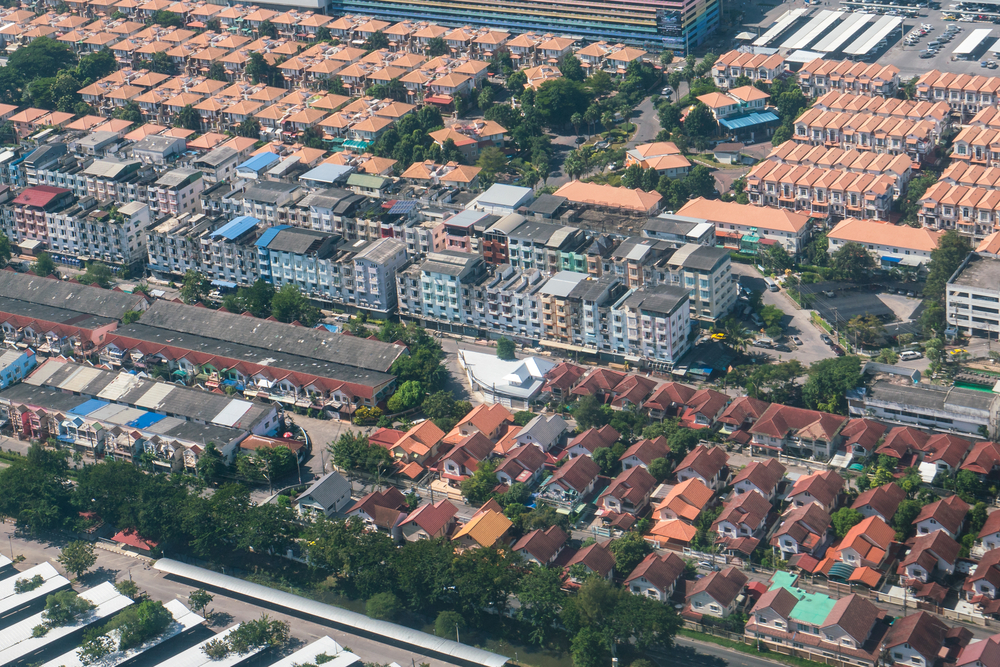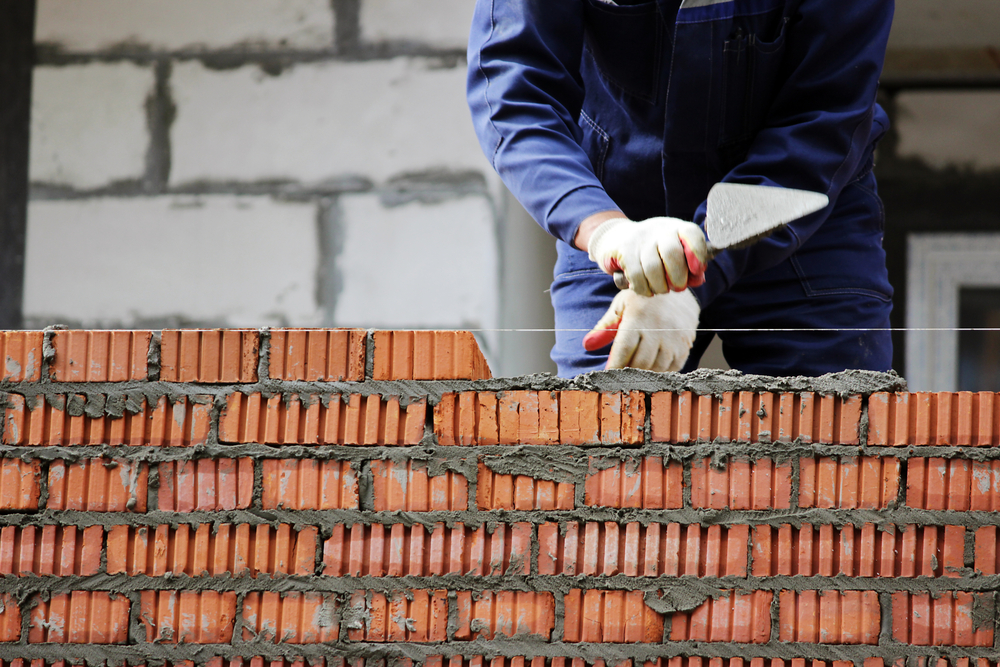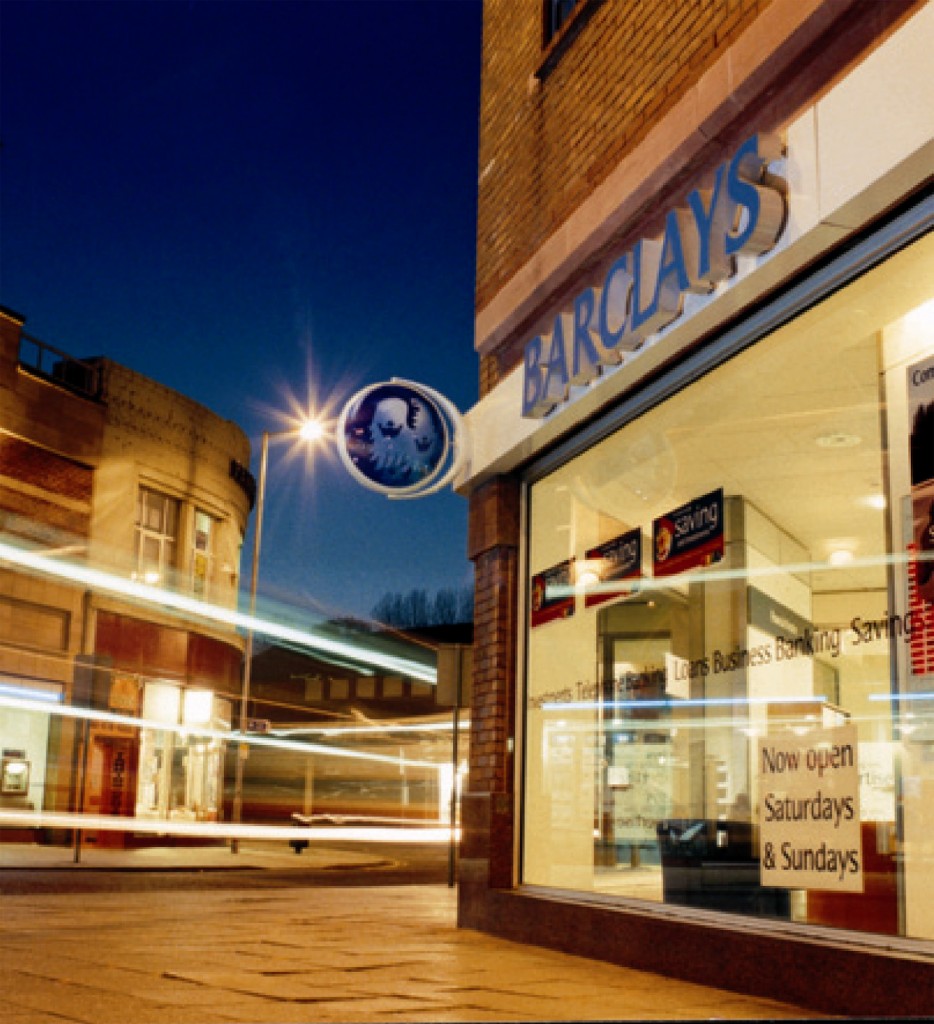
Planning permission for new build houses in England fell by a record 20% compared to the year before, data from the Home Builders Federation shows.
The trade body says 2,456 projects were given the green light in the second quarter of this year, the lowest since its Housing Pipeline Report began reporting in 2006.
This figure is 9% lower than the first quarter and follows an overall 9% decline in 2022.
The body says that if lower permissions directly translate to housing completions, it will lead to a reduction in housing delivery of 44,000 homes a year, which would see the net housing supply in England fall to levels not seen for a decade.
It says: “This is clear evidence of a far reduced appetite for investment among house builders amidst a riskier planning environment, hostile political actions from ministers and wider economic circumstances.”
The study comes after housebuilders such as Barrett, Crest Nicholson and others have reported lower sales in recent weeks, due to higher mortgage costs and cost-of-living pressure faced by consumers.
The federation blames the government’s “capitulation to the Nimby wing of the Conservative party and weakening of the requirements on local authorities to plan for the homes their communities.”
It says that 60 local authorities in England have paused or withdrawn their housing plan preparation.
The body welcomed last week’s move by housing secretary Michael Gove to repeal water pollution rules in an attempt to kickstart housebuilding, but says a moratorium on development still remains in place across 74 local authority areas.
Home Builders Federation executive chairman Stewart Baseley says: “Over recent years the policy environment has become increasingly anti-development and anti-business and as a direct result we are seeing a sharp fall in the number of homes being built.”
Overall, approval was granted for 62,681 homes during the second quarter, down by 16% on the previous quarter and 13% as compared to the same period a year ago.
The federation says other than the quarter affected by the pandemic, in the second quarter of 2020, this is the fewest amount of homes given approval in a quarter since 2015.



